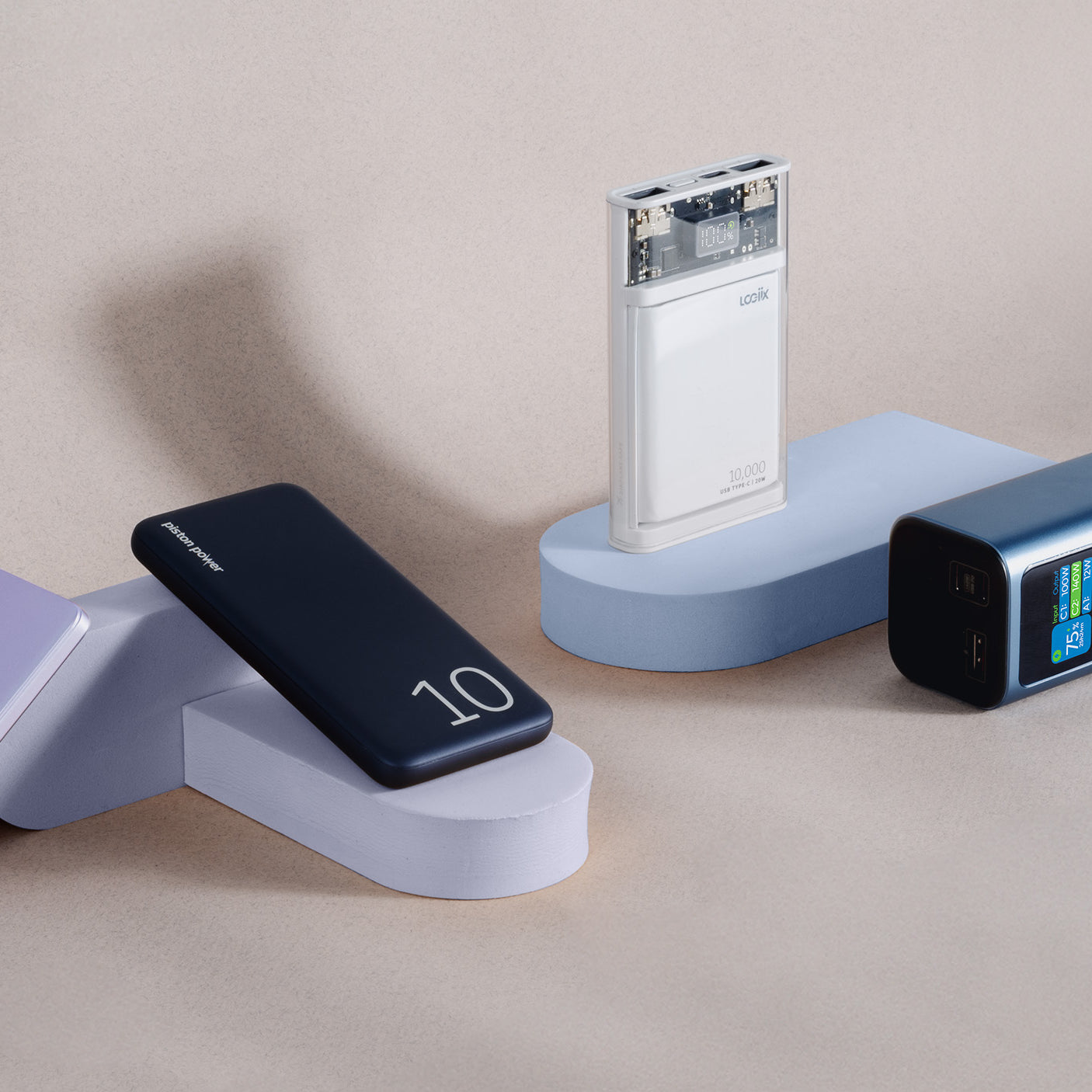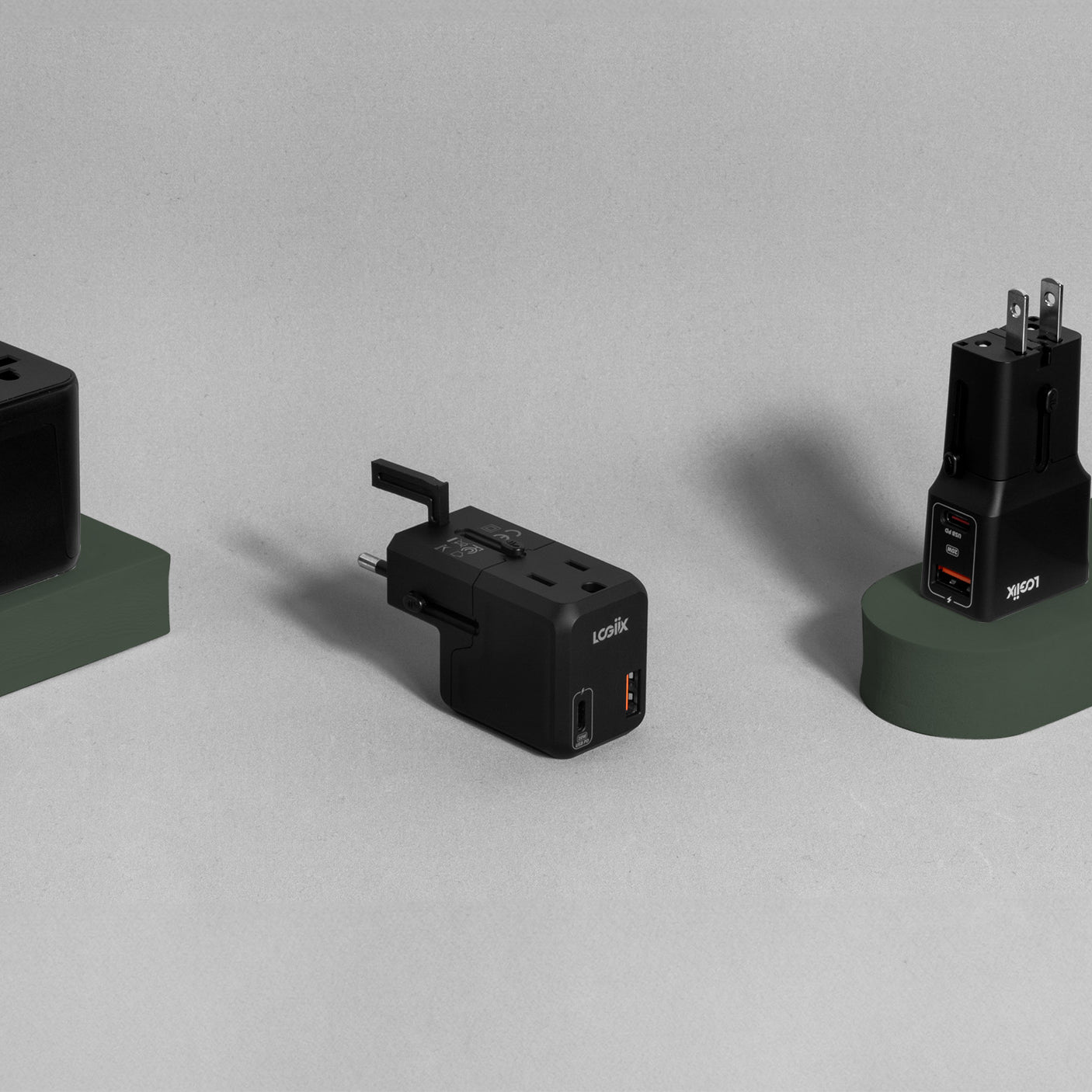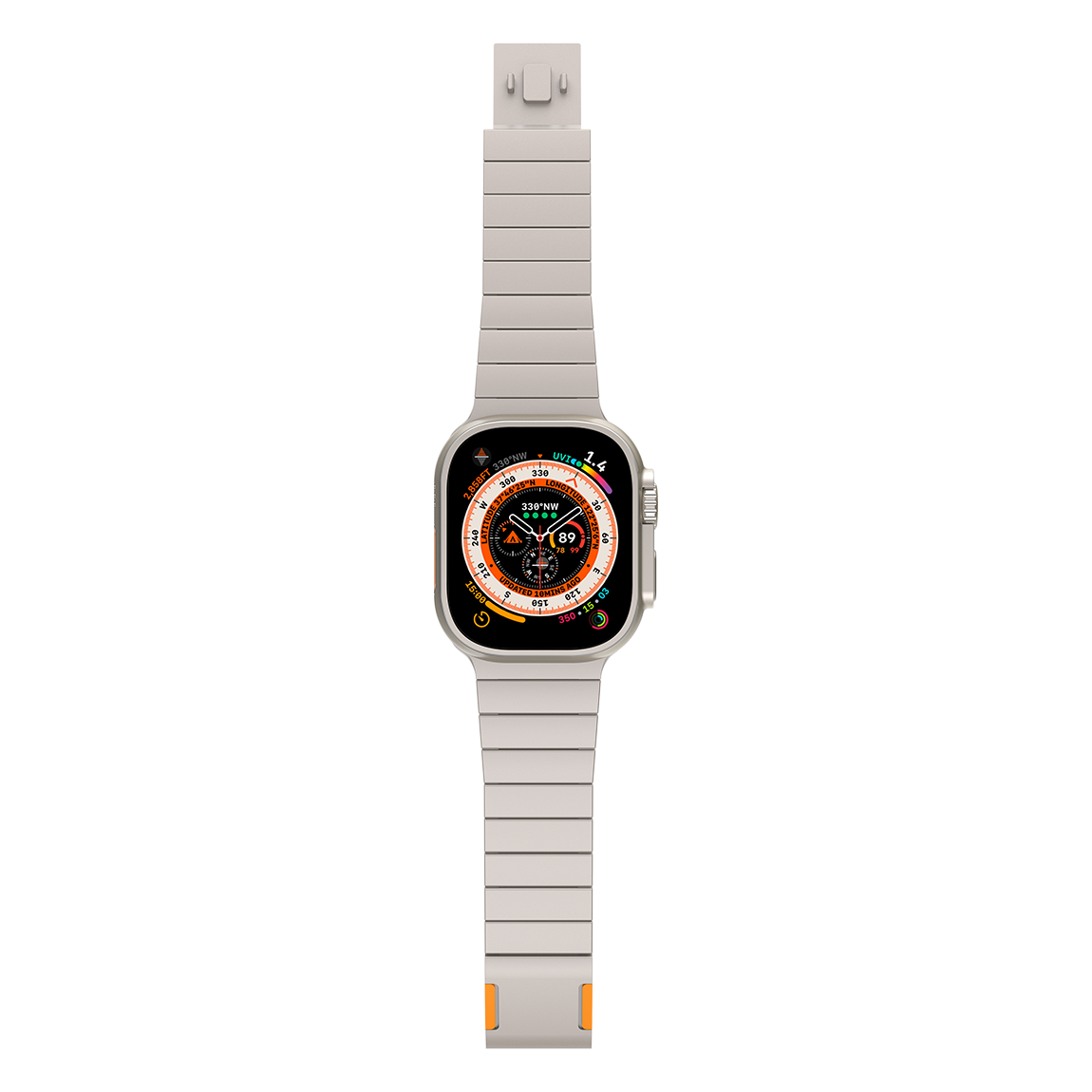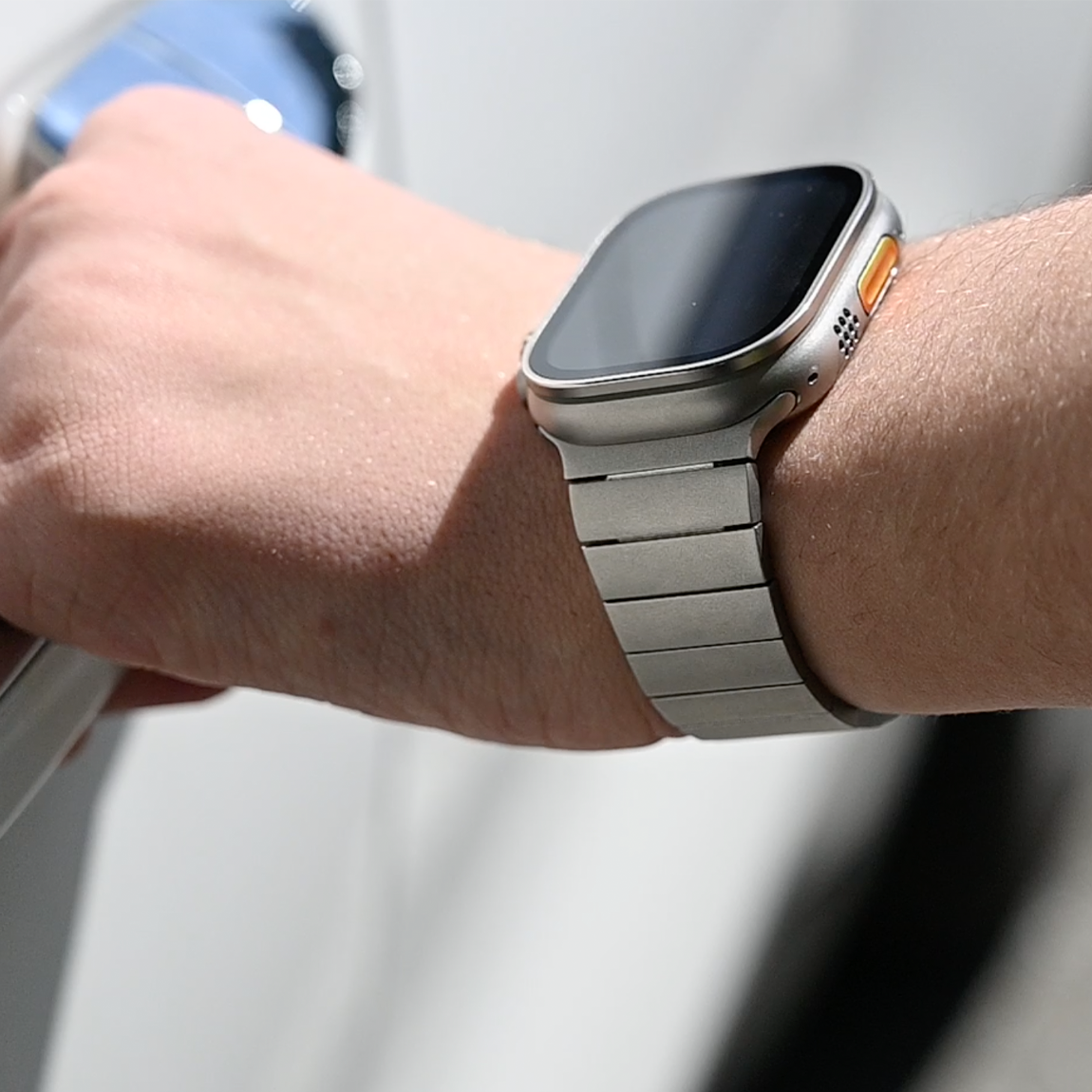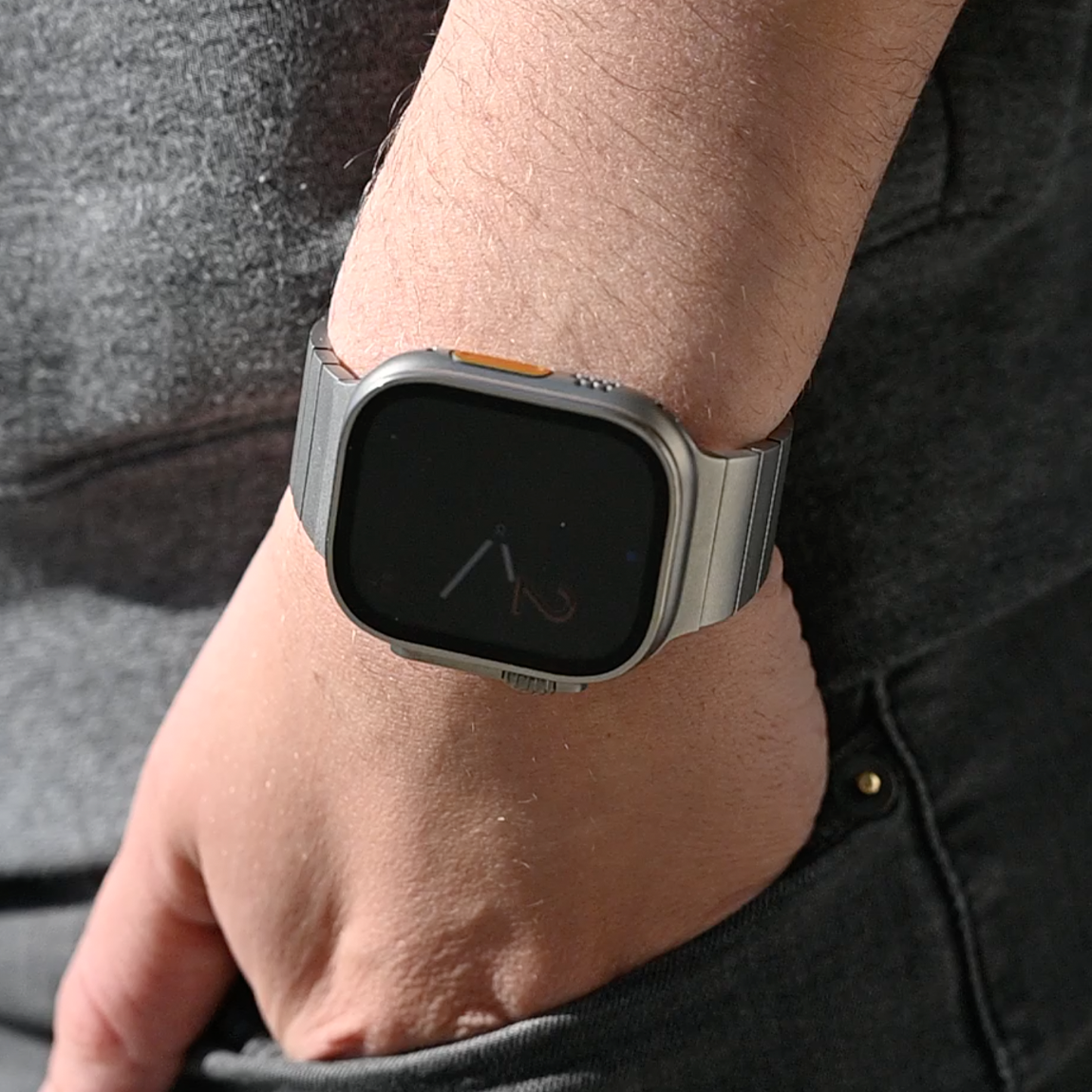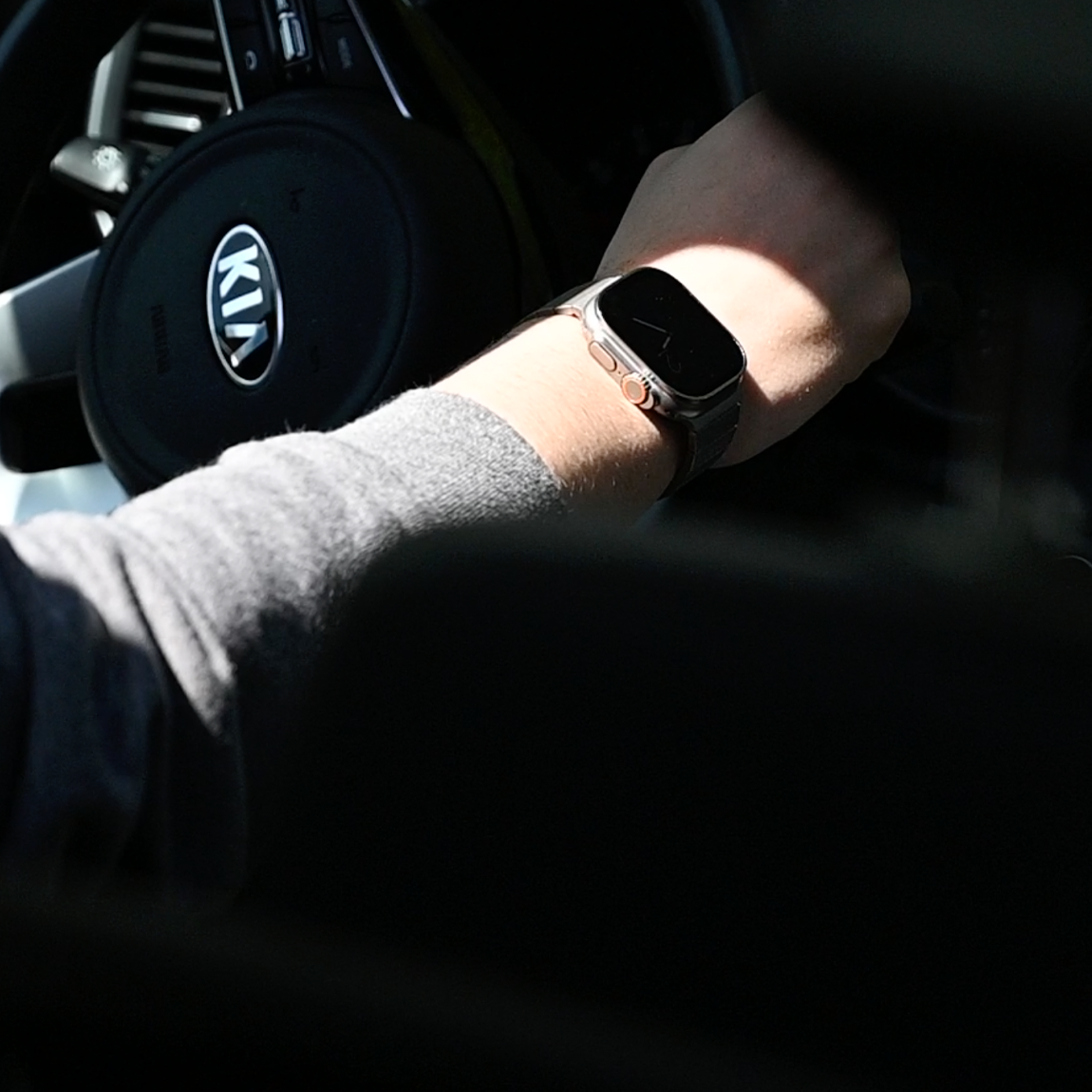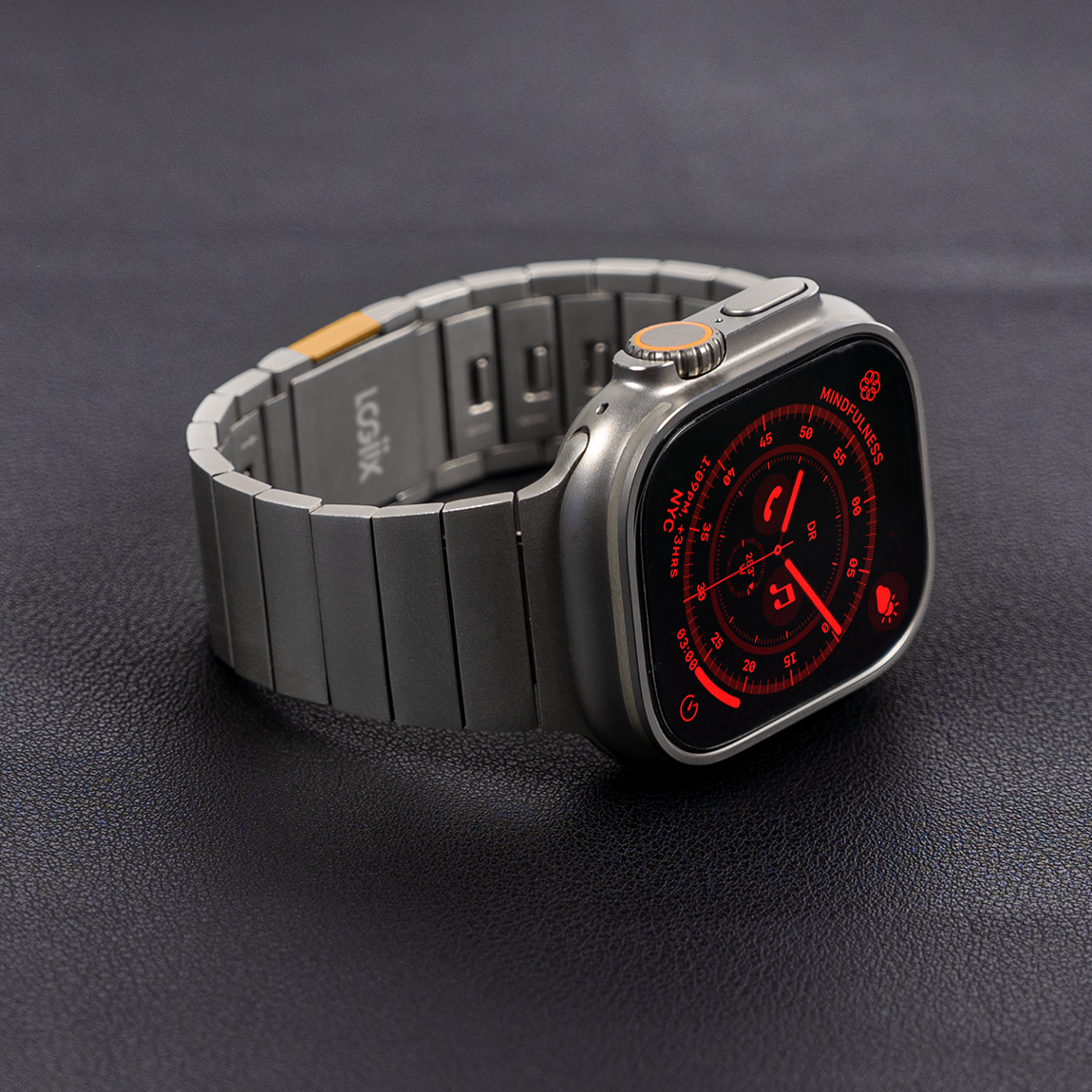From Modest to Massive: When did screens get so big!?
There was a time when phones were primarily used for calls and texts, and the idea of a smartphone, much less one with a large screen, was nothing more than a fiction. Yet, over the years, we've witnessed an incredible transformation in the size and functionality of smartphone screens. Let's dive into how and why phone screens expanded from modest beginnings to the stunning, nearly tablet-sized panels we see today.

Starting Small
The journey began in the late 1990s and early 2000s when mobile phones were equipped with tiny screens, often no larger than a few square inches. These displays were simple, supporting limited colours and basic graphics. The primary purpose of these screens was to show text messages and caller ID, not to facilitate immersive experiences.

The Smartphone Revolution
The release of the original iPhone in 2007 marked a turning point. It featured a then-generous 3.5-inch screen, setting a new standard for what users expected from their mobile experience. This shift was driven by the growing demand for web browsing, video watching, and gaming on the go. Smartphones were no longer just communication tools; they were multimedia hubs.

Consumer Demand and Media Consumption
As consumers started to consume more media on their devices, the demand for larger screens increased. Watching videos, playing games, and reading on a small screen was feasible, but not comfortable or enjoyable. Manufacturers responded by gradually increasing screen sizes, pushing the boundaries of phone design.

Technology Advancements
Advancements in display technology played a crucial role in this evolution. The development of OLED and AMOLED technology allowed for thinner, more energy-efficient screens with better color reproduction and deeper blacks. These innovations made it possible to increase screen size without significantly impacting the overall device size or battery life.

The Phablet Phenomenon
By the early 2010s, the "phablet" had emerged—a hybrid device that combined the size of a tablet with the functionality of a smartphone. Samsung's Galaxy Note series is a prime example, starting with a 5.3-inch screen in 2011. These devices appealed to users who appreciated having a larger display for productivity tasks and media consumption, further blurring the lines between smartphones and tablets.

The Modern Era
Today, it's not uncommon to find smartphones boasting screen sizes of 6 inches or more, with high resolution and slim bezels making the large size more manageable. The push for larger screens has also led to innovations like foldable phones, which offer compact designs that expand to provide even more screen real estate when needed.
Whats next?
The trend towards larger screens seems to be continuing, with innovations aimed at enhancing usability and portability. As screen sizes increase, so do the possibilities for what smartphones can do, making them an even more essential part of our daily lives.From their humble beginnings to the impressive displays, we carry in our pockets today, smartphone screens have grown not only in size but in importance. As technology continues to evolve, one can only imagine what the future holds for the next generation of displays.

